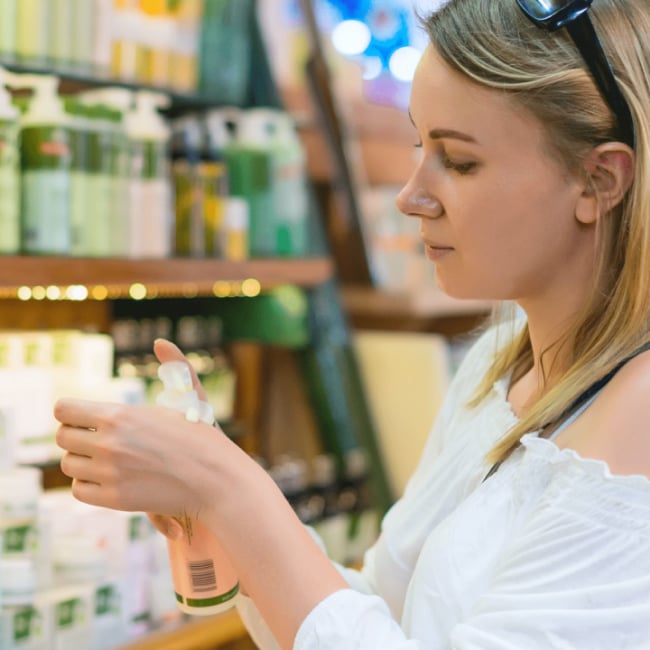INFO / ABOUT THE GUIDE / Quick Facts
Quick Facts
Environmental Working Group’s mission is to use the power of information to protect human health and the environment. EWG’s Guide to Healthy Cleaning gives you practical solutions to protect yourself and your family from everyday exposures to potentially harmful chemicals. U.S. law allows manufacturers of cleaning products to use almost any ingredient they wish, including known carcinogens and substances that can harm fetal and infant development. And the government doesn’t review the safety of products before they’re sold. To fill those gaps, EWG’s staff scientists compared the ingredients listed on cleaning product labels, websites and worker safety documents with the information available in the top government, industry and academic toxicity databases and the scientific literature on health and environmental problems tied to cleaning products. They used that information to create EWG’s Guide to Healthy Cleaning, which provides you with easy-to-navigate hazard ratings for a wide range of cleaners and ingredients.
Quick Facts on EWG’s Guide to Healthy Cleaning
EWG’s Guide to Healthy Cleaning contains information and hazard assessments for 2,109 products, 197 brands and more than 1,000 ingredients.
Finding Ingredient Information Isn’t Easy
For consumers, the easiest way to find out what’s in their cleaning products is to check the labels. But what happens when the label information consists only of directions, warning messages and, at best, just a few ingredients, vaguely described?
When EWG set out to assess more than 2,000 cleaning products, its researchers discovered that it took hard work to find out what potentially toxic chemicals were in them. Unlike manufacturers of cosmetics and personal care products, companies that make cleaning products are not required to list the ingredients they put in their formulations on the package, bottle or box. This lack of disclosure can make it almost impossible for consumers to find the healthiest products.
EWG’s research team took multiple steps to get the most up-to-date and accurate ingredient information, which typically required scouring more than one source. And for the majority of the products in EWG’s Guide to Healthy Cleaning, there was no way to get a complete list of every ingredient. The industry says that’s because the details of its formulations are proprietary trade secrets, and it insists that the products are safe based on testing data that is not available to the public.
Here are the sources we used to compile the ingredient information in EWG’s Guide to Healthy Cleaning:
- Labels. EWG examined more than 1,000 package labels and found that the ingredient information for 48 percent listed three or fewer ingredients on the label.
- Product websites and ingredient disclosure documents. Most manufacturers provide some ingredient information on their official websites. EWG visited almost 200 brand websites to supplement the sparse package label data. Some online ingredient lists appeared to be specific and complete, but others provided a minimum of often-vague information, such as identifying only broad chemical classes (eg. “alcohol ethoxylates”) or functional classes (eg. “preservatives”). The degree of complete and specific identification of ingredients varied from company to company and product to product.
- Material Safety Data Sheets. The federal Occupational Safety and Health Administration requires companies to furnish Material Safety Data Sheets to alert their workers to potentially harmful substances in the workplace. Since cleaners are widely used by custodial staffs, OSHA also requires that cleaning products sold for professional use be accompanied by MSDSs. Many manufacturers post these documents on their websites, too, though in some cases EWG contacted companies to get copies. These documents are not provided to consumers, even when they buy products identical to those used by custodial staff. Although hazardous ingredients are usually listed in a specific ingredients section on an MSDS sheet, they sometimes appear in a section titled “Regulatory Information” at the end of the document because of state regulations that apply to some specific chemicals and ingredients, typically byproducts or contaminants. In some cases, EWG found harmful chemicals listed in these sections that did not appear anywhere else.










